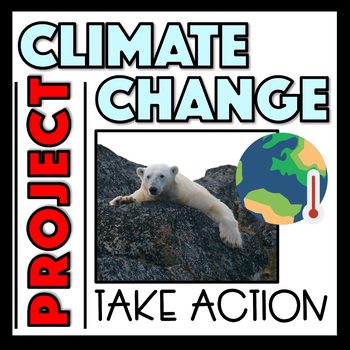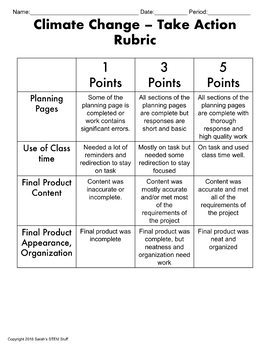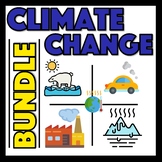Climate Change and Global Warming Take Action Project
- PPTX
What educators are saying
Also included in
- This unit is a great way to get your students actively involved in learning about climate change and global warming. This set of activities covers the causes and effects of climate change by completing hands on activities and studying real world data. This unit is aligned to NGSS standard MS-ESS3-5,Price $15.20Original Price $19.00Save $3.80
- Everything you need to teach students about weather, climate, and climate change. This bundle contains a variety of student centered activities to make the learning real for your students. Engage your students with hands on activities, real world data, group review games, inspiring projects, and gPrice $56.70Original Price $81.00Save $24.30
- Get this year long comprehensive Middle School Earth Science Bundle, designed for teachers looking for effective resources to teach weather, climate, plate tectonics, space science and more! This bundle is perfect for the entire school year, providing a diverse range of activities and experiments tPrice $181.30Original Price $266.25Save $84.95
Description
This is a great project to empower your students as you learn about climate change.
Give your students the opportunity to take action to reduce greenhouse gases. There are 3 different ways for your students to take action:
Individual level: Students work with their families and learn about their carbon footprint and commit to 3 ways to reduce their greenhouse gas emissions.
Community level: Students inform and encourage teachers and students to reduce greenhouse gas emissions at school by making posters or PSA videos.
National level: Students write letters to their congressman to encourage them to take action against climate change at the national level.
The resource includes an overview page with the requirements for all the different projects, planning pages for each type of project, and a grading rubric.
This a fully editable powerpoint file so you can adjust the project to meet the needs of your students.








